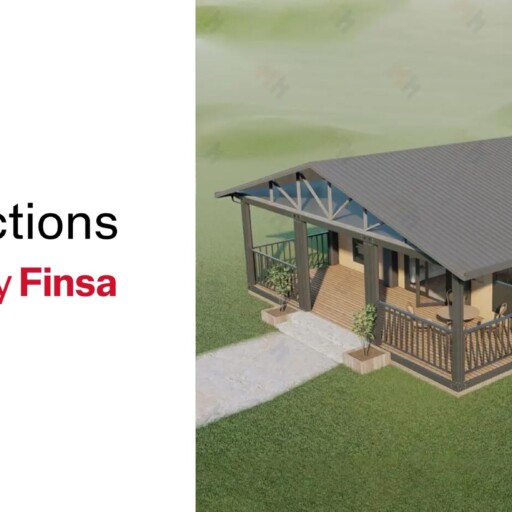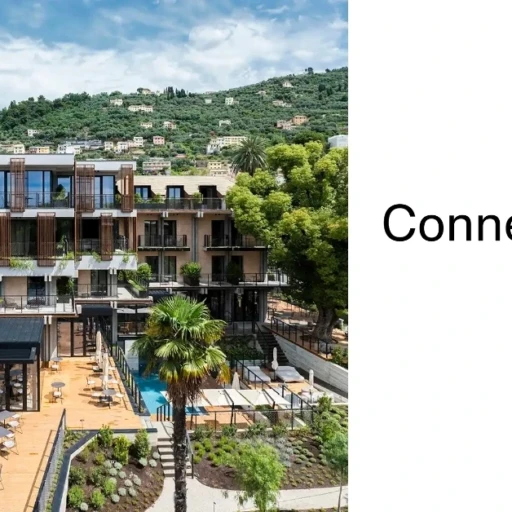It’s looking like before we live on other planets we will be heading home – or to the office, gym, even a restaurant – in the metaverse. All these spaces will need virtual plots of land and properties and, as such, architects and interior designers that specialise in the digital world.
We’ve examined the current state of the construction sector in the metaverse and speculate about the possibilities of a platform expected to increase the value of real estate agencies by 31.2% annually between 2022 and 2028.
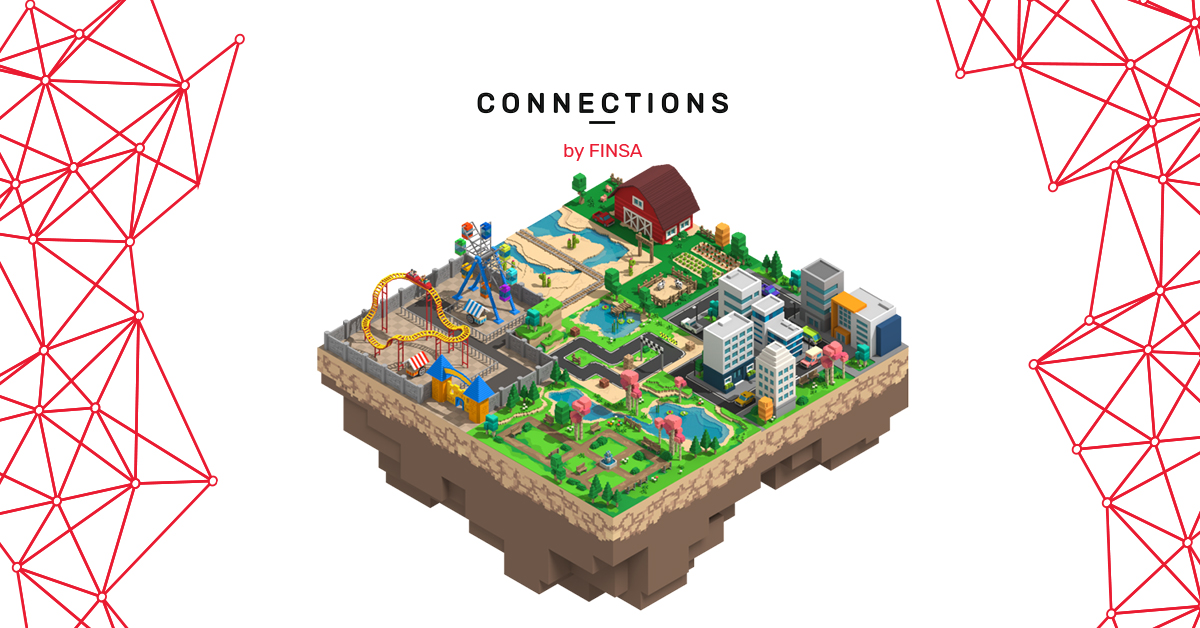
Why build in the metaverse?
Plots of land in the virtual world are really just pixels, but they are much more than just digital images. They are programmable spaces on virtual reality platforms where people can carry out different professional and leisure activities, such as socialising, playing, selling NFTs, executing administrative tasks, or attending meetings or virtual concerts. Take a look at this article about a journalist from The New York Times’ visit to today’s metaverse.
The first to use the metaverse are those who have gone directly from the real world to the digital one. One such case is eXp World, the virtual world of American estate agency eXp Realty, which operates entirely online. It moved its offices to the digital world, where the staff use their avatars to attend conferences and internal training sessions which are simultaneously interpreted into the languages of the 21 countries where country operates.
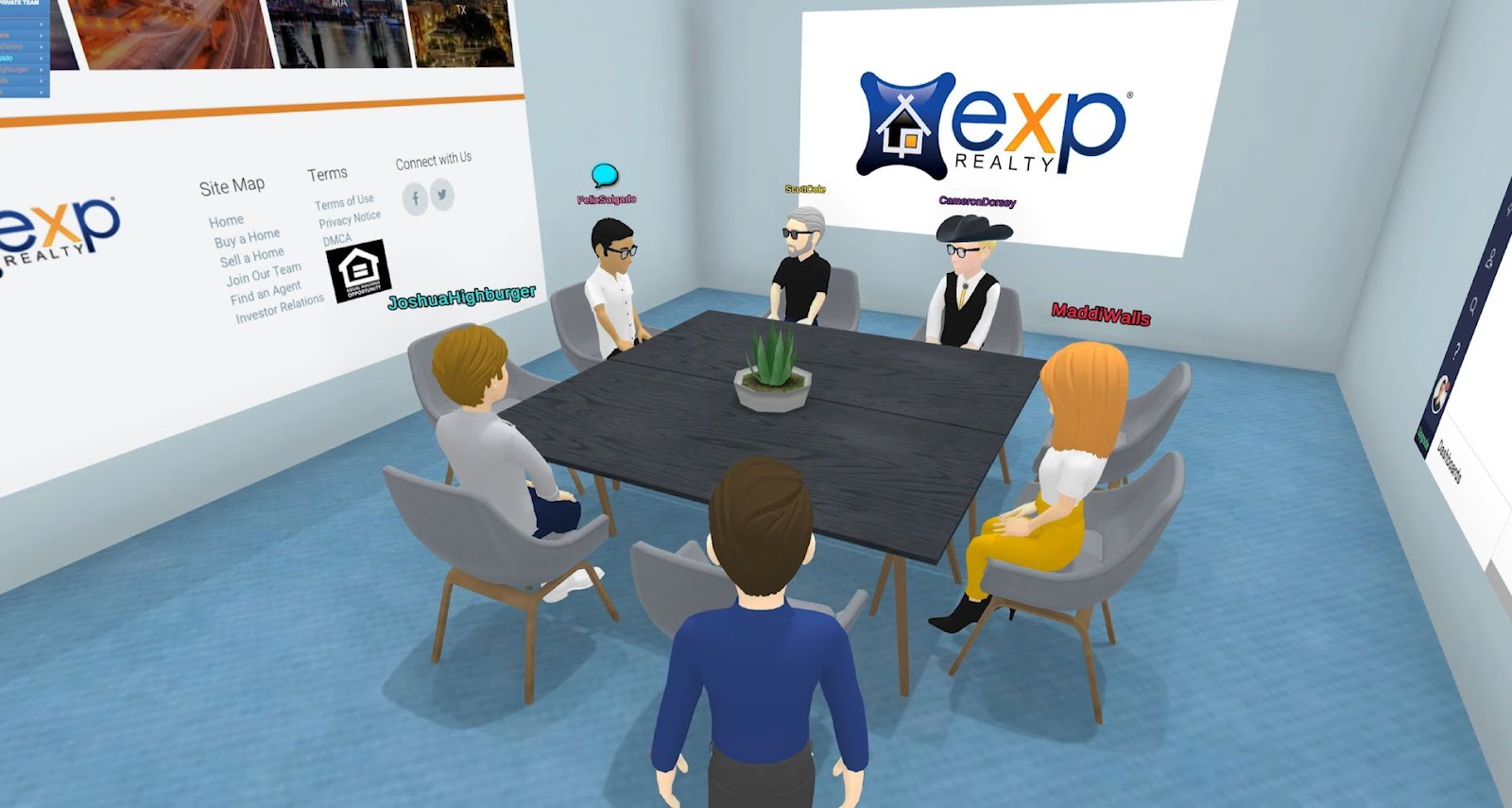
The government of Barbados has gone one step further by building the first virtual embassy in the world through which they help their citizens with their paperwork, speeding up administrative processes while also making them more secure and efficient through the use of blockchain technology.
In 2023, Seoul will also start carrying out bureaucratic processes in the metaverse with an ambitious program that, in its initial phase, will give the country’s whole population access to different offices using virtual reality setups. The next phases will be all about promoting virtual culture and tourism, with the building of the city’s icons in the metaverse.

Where is the metaverse being built?
The internet might seem limitless, but properties in the metaverse are not. Decentraland, one of the most popular platforms, has 90,000 plots of land, each of which measures approximately 15×15 metres. The plots are organised into neighbourhoods and districts, or rather monochrome blocks, such as Voxels. Here are some of the big platforms that specialise in properties in the metaverse:
- The Sandbox: it began in 2012 as a competitor for the popular construction game, Minecraft. Its LAND token demarcates virtual properties. Here you will find gamified experiences from companies in many different sectors, such as Adidas and Atari.
- Decentraland: this platform launched in 2015, borrowing from the massive online videogame culture of games such as Fortnite. It has its own virtual currency, MANA, which can be used to buy and sell land. It’s also home to the metaverse meeting point, Genesis City.
- Voxels began in 2018 and is a blank slate in the metaverse where all the avatars begin as androgynous mannequins and properties can be built according to personal taste. It’s currently the space par excellence for personalised art and architecture.
- Somnium Space: another of the newer platforms, Somnium launched in 2018. Even though the metaverse can be accessed via any web browser, this space was initially designed to be used with virtual reality devices so that its architecture could be fully enjoyed.
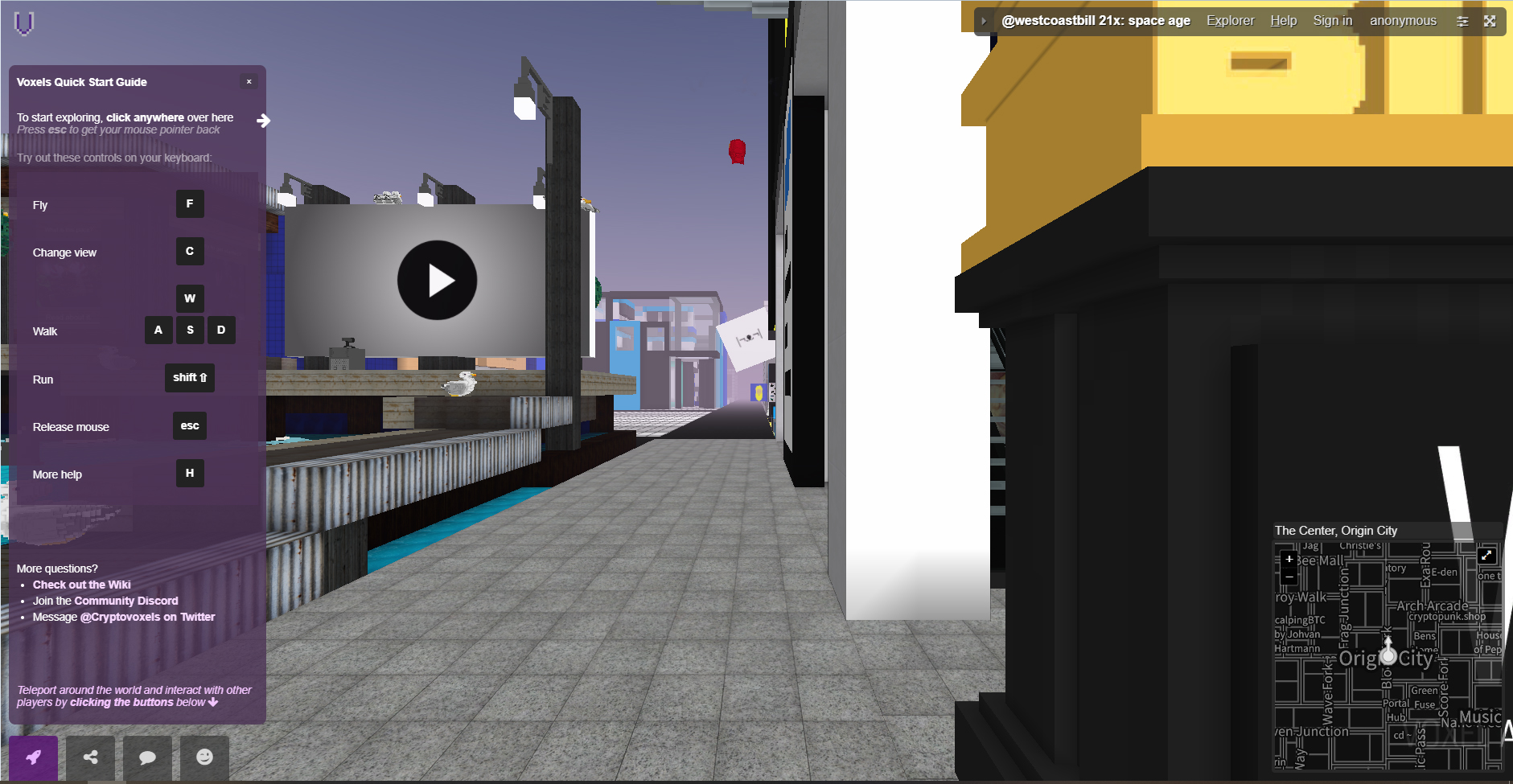
Which estate agents are operating in the metaverse?
In real life (perhaps we should just start saying “offline”?), sometimes it’s more convenient to have a real estate agent manage the buying and selling of plots of land for you, and the same is true in in the metaverse.
One of the best-known agencies is Metaverse Property. It offers 360º services, going beyond the rental and management of a virtual property, with marketing services, project development, and consulting for investments also available.
Then there is Metahood, an agency that specialises in selling virtual land in the metaverses. According to The Generalist’s technology newsletter, it was one of the most promising projects of 2022.
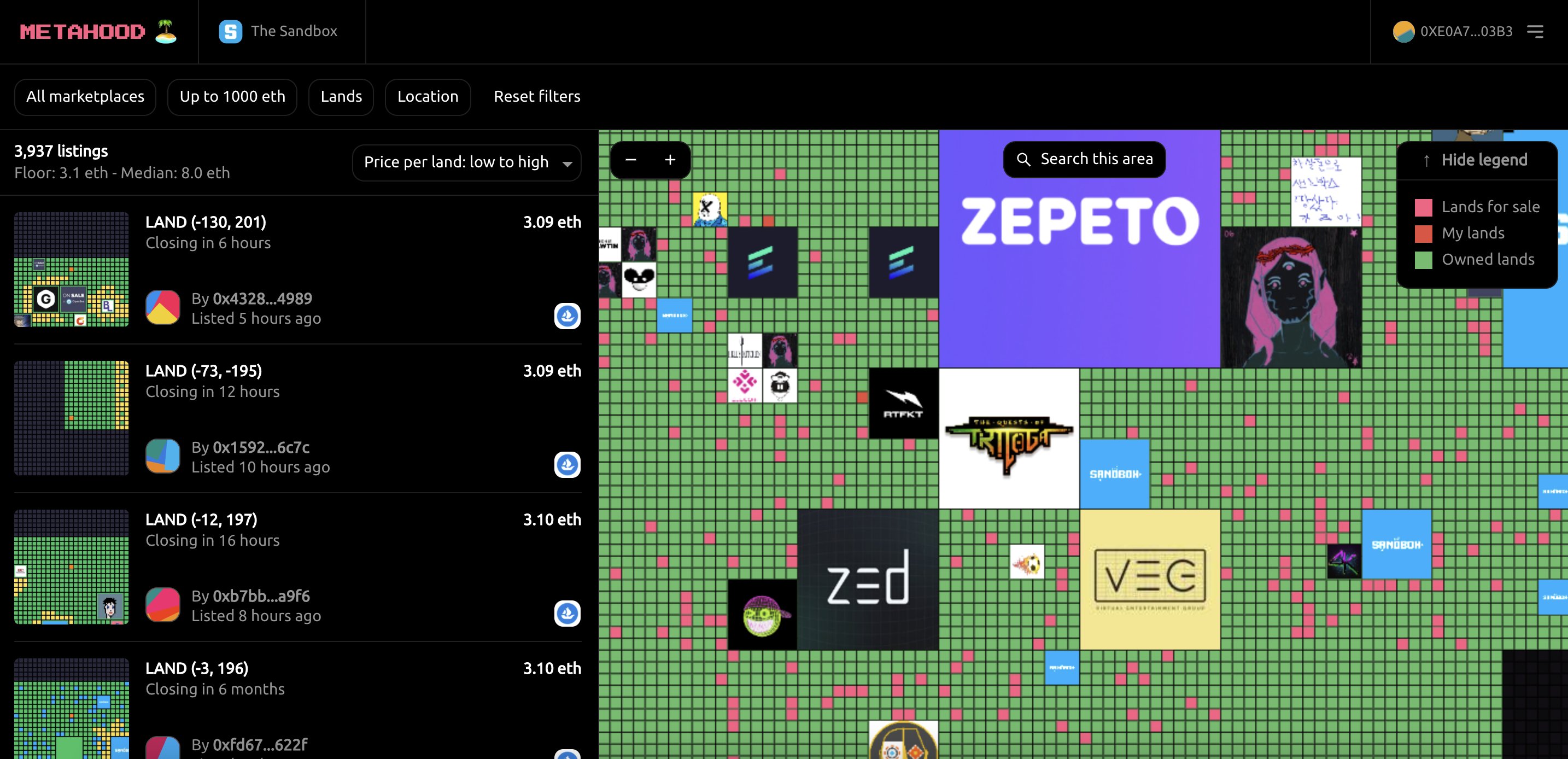
How much does a plot in the metaverse cost?
Now we know what a plot in the metaverse actually is and the platforms where they can be bought, it’s time to ask how expensive is a pixel of land? Well, prices vary, just as they do in the real or offline world. On the Sandbox platform, the average is approximately 11,000USD per plot, but they’ve gone for up to 4.3 million USD. It also depends on who lives in your neighbourhood: a virtual property next to the Snoop Dogg’s digital land sold for 450,000USD.

What’s ahead for construction in the metaverse?
Mark Zuckerberg, the owner of Meta, the company that is the driving force behind the metaverse (previously known as Facebook), knows that we are in “a trough of disillusionment” and that the metaverse will reach its full potential in three years’ time.
Deloitte examined the following issues in its report Real Estate in the metaverse: Risk or Opportunity:
- The democratization and opening up of the real estate market to more investors, through properties of different sizes, in different places, and different prices. They can also be bought with a huge variety of currencies, making it easier for almost anybody to become a property owner in the metaverse.
- Size and location over usefulness: in the metaverse, the goal is to buy land and then develop or sell it. This means that the size and location are prioritised over utility.
- Phygital interactions: in the future, it will be possible to carry out more activities from the real world in the metaverse, including exhibitions, weddings, and other social activities. This could reduce the demand for properties in the real world that were designed for these purposes.
Will we end up developing buildings and interior design projects on pixelated plots of land? Make sure you take a look at these three examples of construction in the metaverse as well as this article about NFTs and architecture.
Join the conversation on social media using #ConnectionsByFinsa.


